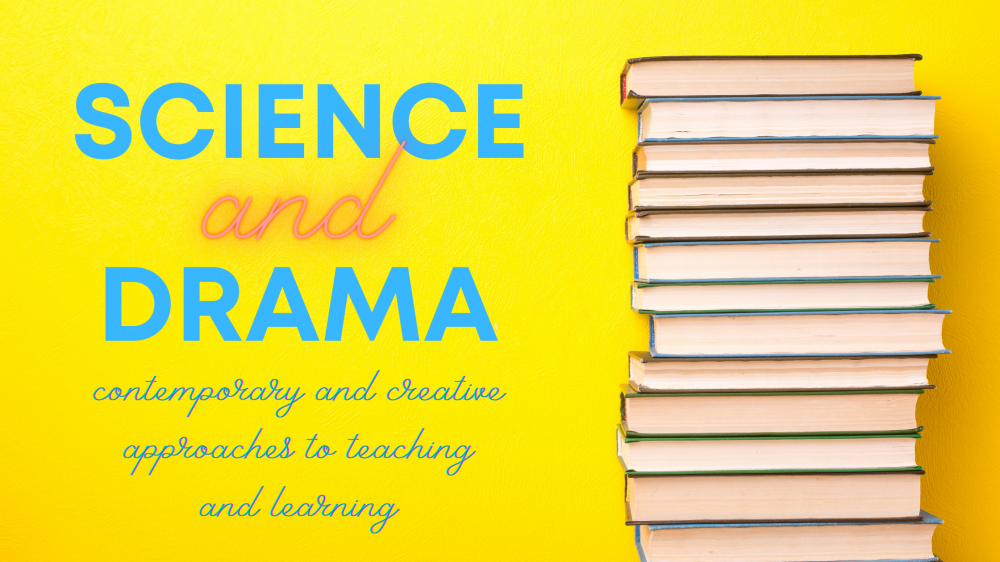SPARKING LEARNING IN SCIENCE AND DRAMA: SETTING THE SCENE
Jo Raphael, Peta White & Kitty van Cuylenburg
Abstract
In this chapter we ‘set the scene’ for the diverse science-drama links represented in this book. We consider the various approaches to science and drama and how they are combined, aligned, infused and adapted to generate understandings, insight and engagement in learners. We begin by looking broadly at the discipline areas of arts and sciences, focusing on what they share. Drawing from our personal experiences, we test and reject the notion of a dichotomy. We argue that bringing drama together with science helps students think across the boundaries of disciplines. We recognise that when planning for the future of education it is necessary to understand that students of today live in a time of unprecedented social, economic and environmental change and challenges, alongside opportunities presented by an explosion in scientific knowledge. We explain the ways that bringing science and drama together can help to develop the skills, attitudes, values and creativity that young people will need to thrive in and shape their world. In this chapter we acknowledge that pedagogy of science drama is under theorised and explain how each chapter within this volume makes a contribution towards understanding and exemplifying science and drama as pedagogy. We identify various science/drama models, and propose symbiosis–mutualism, commensalism and parasitism—as a way of understanding the relationship between drama and science disciplines when connected for learning. In particular, we unpack the idea of symbiosis, with a focus on what each discipline can bring to the other. Ultimately, we describe our temporal pedagogical model of intertwined synergy for sparking and generating learning in science and drama.
Key Words
Science, Drama, Interdisciplinarity, Transdisciplinarity, Symbiosis, Pedagogical models
